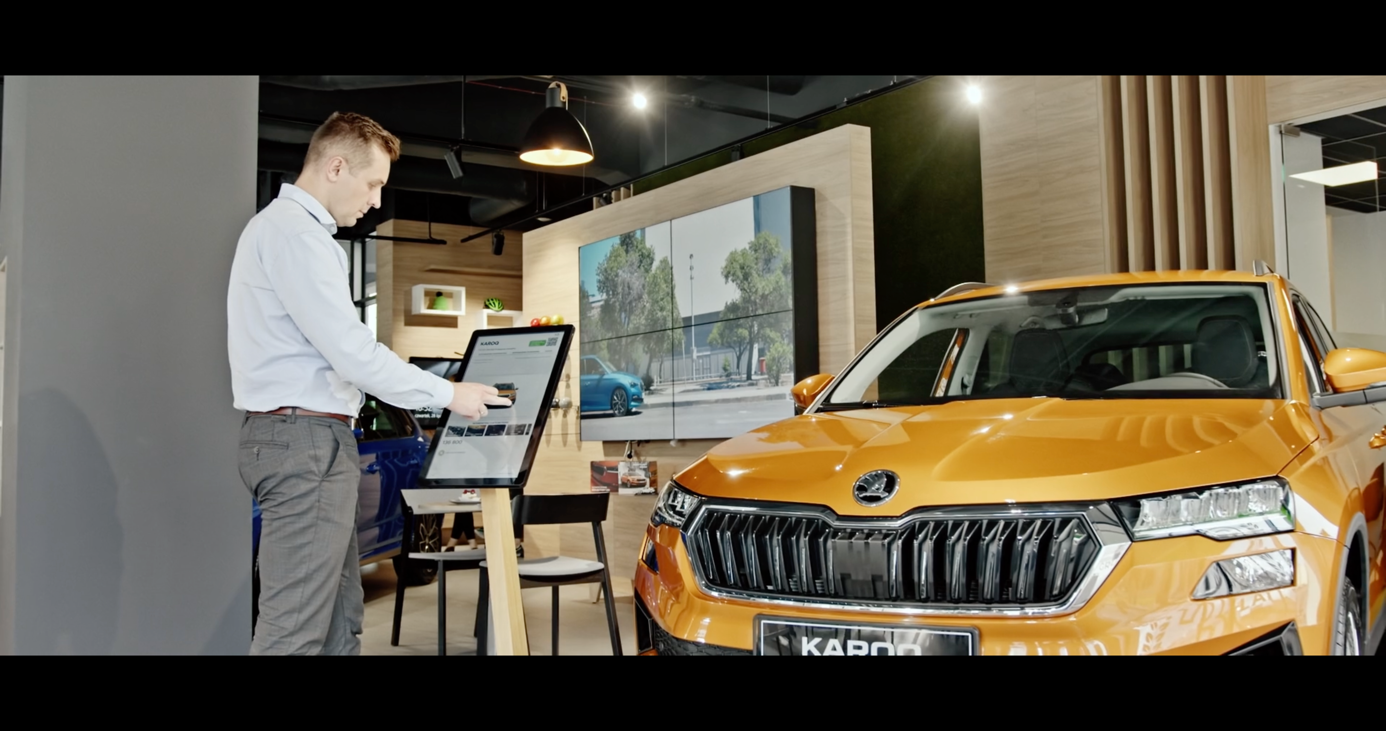
What are the approximate production costs of 2D or 3D animation?
Thinking about ordering an animation to use to promote your company on social media, during a presentation at a trade show or on your company website? You can choose from two options: 2D and 3D animations. How do they differ from each other? How much do they cost? We explain.
2D and 3D animation: what is the difference?
To begin with, a brief explanation of terms: what is 2D animation and what is 3D?
- 2D animation is created by combining images of different heights and widths – so as to create the illusion of motion. This creates a “moving picture” that lacks depth.
- 3D animation is computer-generated, using special software, so that the resulting image gives the impression of depth and space. Much more realistic, scalable and multidimensional.
Thus, it can be said that the effects observed on the screen for 3D and 2D animation are completely different. If you want to imagine this, recall cartoons familiar from your childhood – for example, “Rex” on the one hand, and “Toy Story” on the other. They illustrate well the qualitative differences between the two formats of animated films, although it must be emphasized that today technology offers much broader possibilities in each of them!
Read also: Animation or video: which is better for my brand?
2D or 3D animation – which to opt for?
Putting 2D and 3D animations into labels of more or less “modern” or “functional” is not a good approach. Both types of materials have applications as marketing, branding or sales tools. However, they need to be used skillfully. How?
2D animations are great for creating so-called explainers. These are materials that aim to explain complex processes in simple terms. These are, for example, videos that discuss:
- The process of making a purchase from an online store;
- investment scheme when selecting a particular financial instrument;
- How to use a particular mobile or PC application.
Such productions are all about simplicity. It is also important to focus on the content of the message rather than its form.
3D animation is worth using when you need to “go inside” a product or design and show something in a vivid, hyper-realistic way. Therefore, this form of presentation is used, for example, at:
- showing “layers” of the product or its components;
- demonstrating how a device works – such as a car engine or a water filter;
- Visualizations of emerging properties.
The possibilities offered by both types of animation are, of course, broader, and it is worth discussing the choice of a particular variant with an expert. At HOLE, you can discuss this with Mariusz from our team – .
2D vs. 3D animation pricing: what’s the difference?
The price of 2D and 3D animation consists of many factors. Therefore, it is difficult to indicate specific production costs. Other expenses await you, for example, to create a several-second explainer, and others for a series of several minutes of animation for training materials.
However, you must be aware that the price is influenced by:
- the scope of work that the film creative agency will carry out – for example, whether you already have a script and text for the voiceover ready;
- voiceover – hiring a professional to read the content is an additional expense;
- Music – you need to obtain a license for it;
- Editing and post-production (number of hours spent on this work);
- animation type.
As a general rule, you can expect 2D animation to be slightly cheaper than 3D, but this is not a rule from which there are no exceptions. It all depends on the specifics of the project in progress.
What costs do you have to prepare for? Expect to pay from £2,000 for 1 video up to 60 seconds in length for an 8-episode simple 3D product video animation.
Want to discuss the details? Get in touch and we’ll prepare a free quote and help you choose between 2D and 3D formats.



